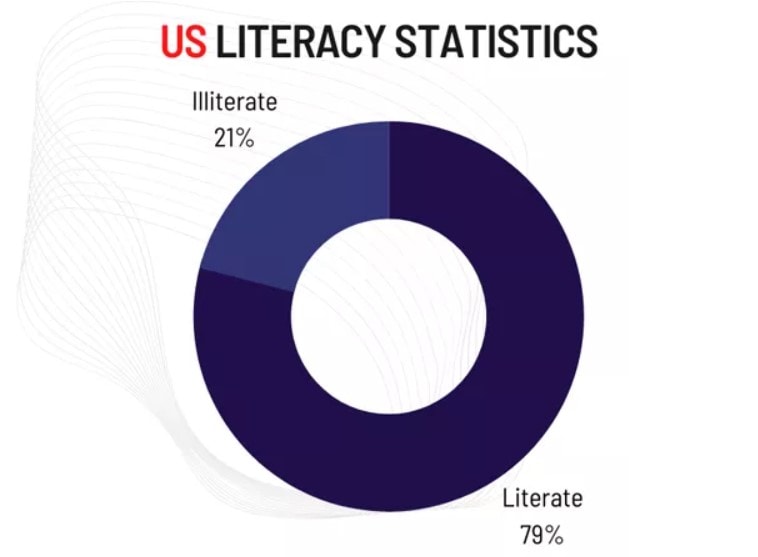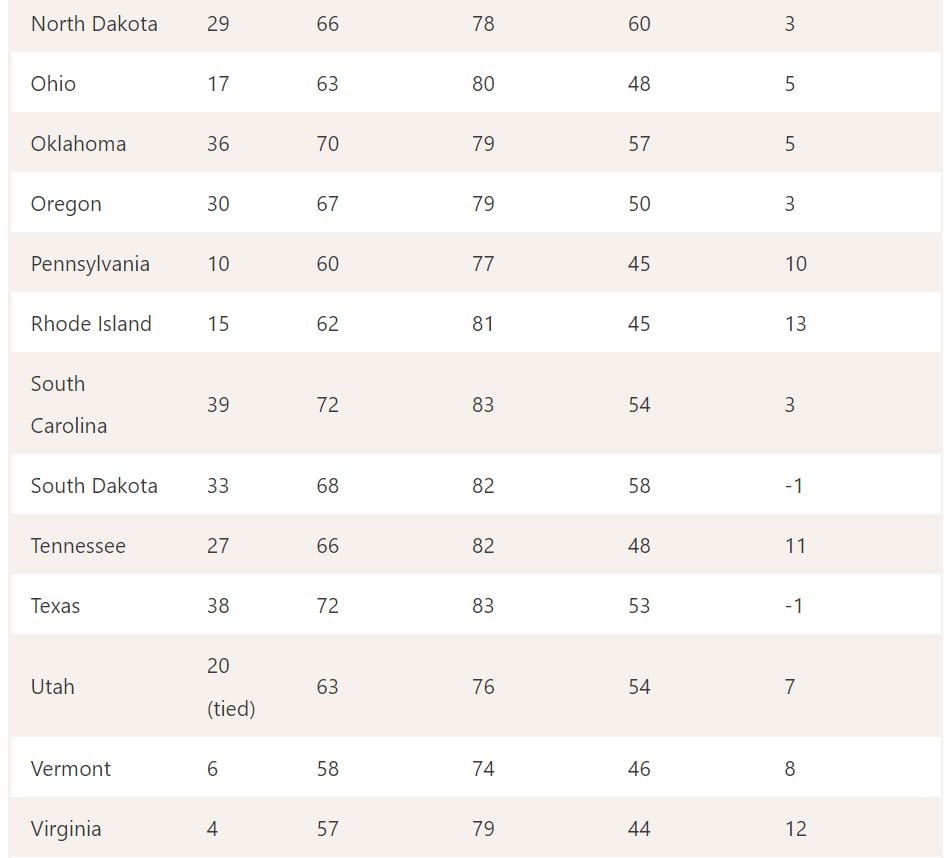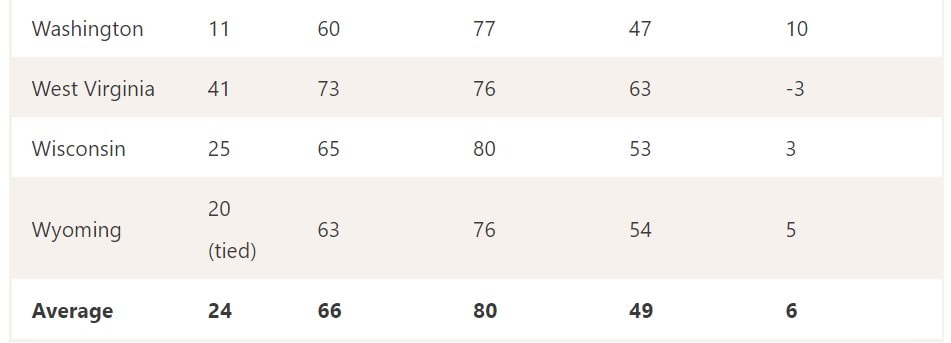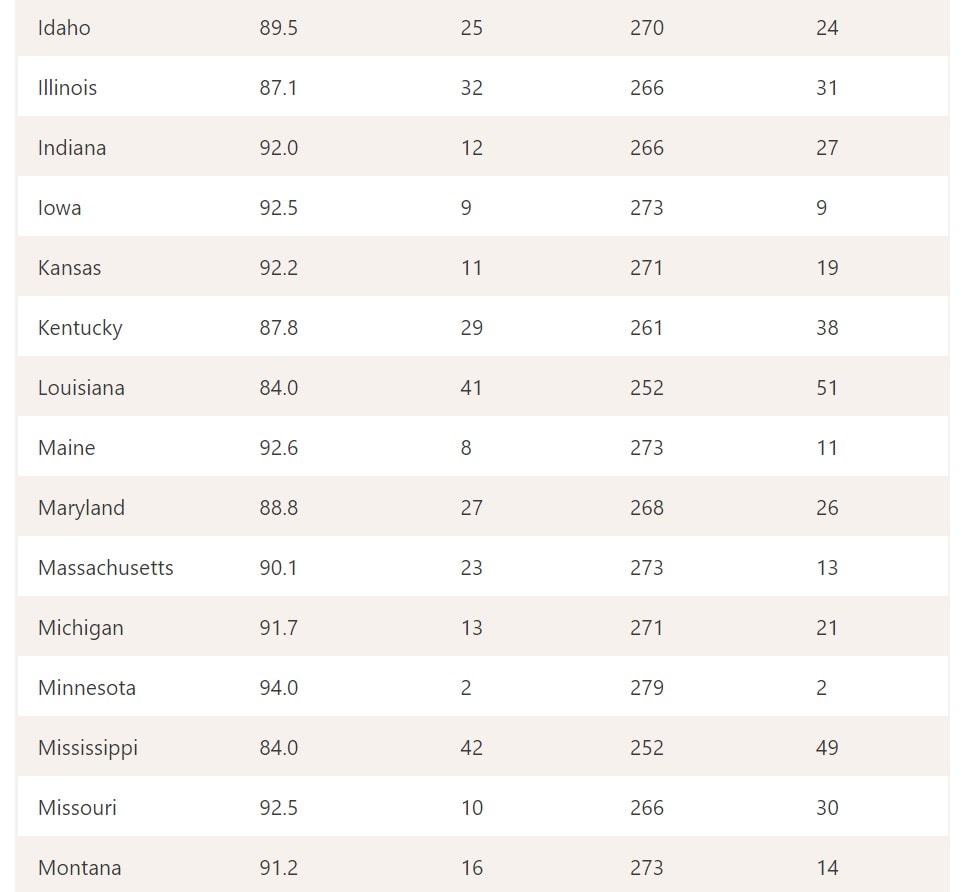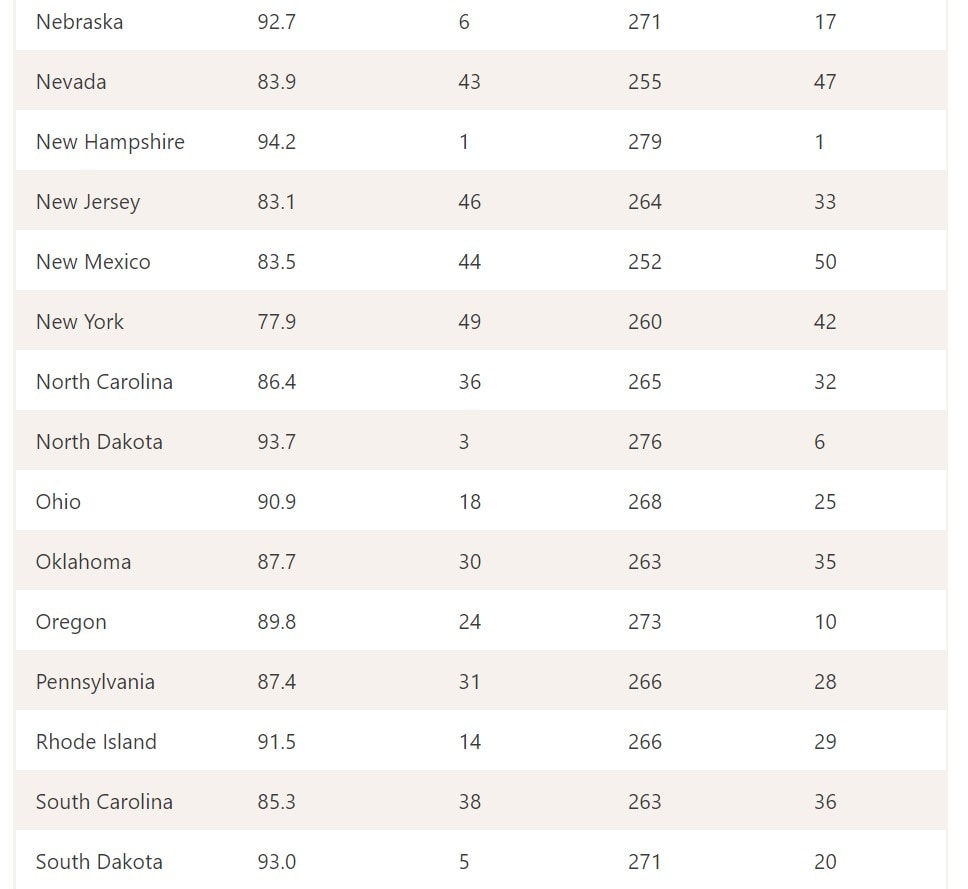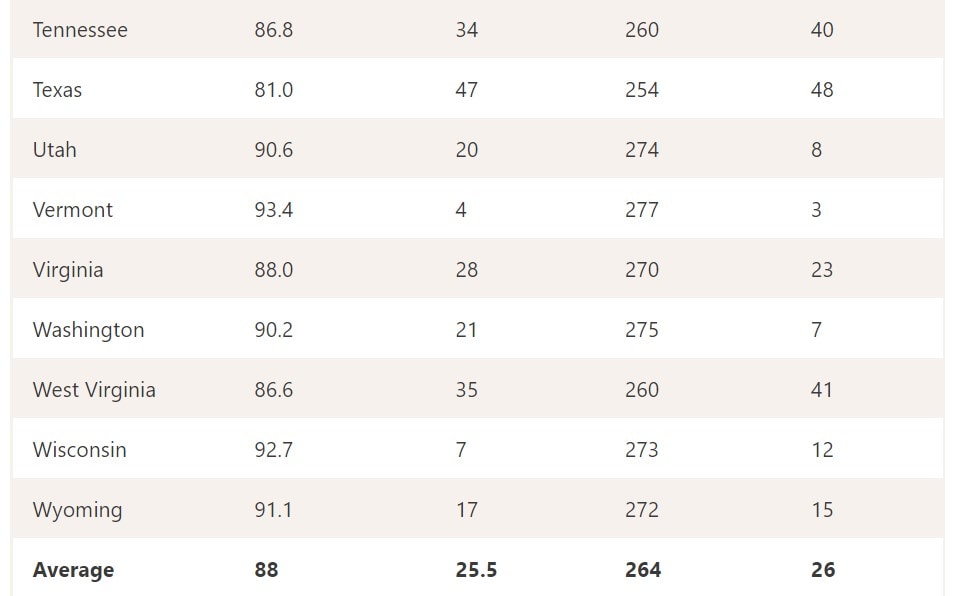Although literacy rates have been increasing globally in recent years, there are still significant disparities in literacy levels between different regions and countries. According to the latest literacy statistics, an estimated 758 million adults remain illiterate.
Of these, two-thirds are women. These numbers underscore the importance of programs and initiatives that focus on literacy development. In order to achieve equitable literacy levels, all children and adults must have access to quality education and training.
Additionally, literacy must be promoted within families and communities. Only by taking these steps will we be able to close the literacy gap and ensure that everyone has the opportunity to reach their full potential.
Are you looking for the greatest LMS platform? Get Here to know more.
Report Highlights
- In 2022, 79 percent of U.S. adults, on average, can read and write.
- In 2022, 21% of adults in the US will not be able to read or write.
- 54 percent of adults can’t read or write at a level above the sixth grade.
- Literacy problems cost the US as much as $2.2 trillion per year.
- 34% of adults who can’t read or write well were born outside of the US.
- Massachusetts was the state where most kids could read and write.
- New Mexico was the state where the least number of children could read and write.
- New Hampshire was the state with the highest percentage of adults who could read and write.
- California had the lowest rate of adults who could read and write.
- In 2013, 66 percent of U.S. fourth-graders couldn’t read well on average across the country.
Credit:- Thinkimpact
Child Literacy Statistics
According to the 2018 Digest of Education Statistics, most fourth- and eighth-graders reading scores were significantly higher in 2017 than in 1992, but not significantly higher than in 2015.
Also, the difference in performance between some ethnic groups, like White students and Black students and White students and Hispanic students, shrunk a lot between 1992 and 2017, but not much between 2015 and 2017.
- In 2017, 8th-grade girls got 10 more points on the reading part of the Average National Assessment of Educational Progress than 8th-grade boys did.
- Overall, students in the 4th grade got better by 5 points between 1992 and 2017, while students in the 8th grade got better by 7 points.
- Massachusetts, Maryland, and New Hampshire had the highest rates of children who could read and write, in that order (highest to lowest).
- Louisiana, Mississippi, and New Mexico had the least number of children who could read and write (highest to lowest).
- In 2013, 66 percent of all fourth graders in the U.S. could not read well enough to be proficient. This was a 6 percent improvement from 2003.
Adult Literacy Statistics
- Adult literacy rates in the United States average 88 percent.
- Between 2012 and 2017, the Program for the International Assessment of Adult Competencies (PIACC) examined the abilities of 12,330 individuals aged 16 to 74, with participants from every county and state in the United States, as well as the District of Columbia.
- According to the PIACC survey, the average score in the United States was 264 out of 500 points in 2012, 2014, and 2017.
- Literacy rates were highest in New Hampshire, Minnesota, and North Dakota, in that order.
- The lowest literacy rates were found in Florida, New York, and California, in that order.
Get a Huge Discount On the greatest LMS platform.
Quick Links:
References
- U.S. Department of Education Data Points Adult Literacy in the United States
- NCES Program for the International Assessment of Adult Competencies
- What is PIAAC?
- Digest of Education Statistics 2018
- Literacy Project – 30 Key Child Literacy Stats Parents Need to Be Aware of
- NCES States and Counties with Highest and Lowest Levels of Adult Literacy
- NCES PIAAC Skills Map
- NCES PIACC Comparison Charts
- World Population Review U.S. Literacy Rates by State
- States Where Children Are Struggling the Most to Read
- AECF Data Snapshot Early Reading Proficiency


